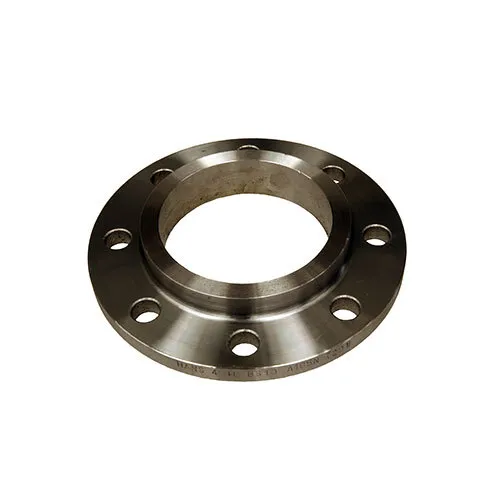-
Cangzhou Yulong Steel Co., Ltd.
-
Phone:
+86 13303177267 -
Email:
admin@ylsteelfittings.com
- English
- Arabic
- Italian
- Spanish
- Portuguese
- German
- kazakh
- Persian
- Greek
- French
- Russian
- Polish
- Thai
- Indonesian
- Vietnamese
- Zulu
- Korean
- Uzbek
- Hindi
- Serbian
- Malay
- Ukrainian
- Gujarati
- Haitian Creole
- hausa
- hawaiian
- Hebrew
- Miao
- Hungarian
- Icelandic
- igbo
- irish
- Japanese
- Javanese
- Kannada
- Khmer
- Rwandese
- Afrikaans
- Albanian
- Amharic
- Armenian
- Azerbaijani
- Basque
- Belarusian
- Bengali
- Bosnian
- Bulgarian
- Catalan
- Cebuano
- China
- China (Taiwan)
- Corsican
- Croatian
- Czech
- Danish
- Esperanto
- Estonian
- Finnish
- Frisian
- Galician
- Georgian
- Kurdish
- Kyrgyz
- Lao
- Latin
- Latvian
- Lithuanian
- Luxembourgish
- Macedonian
- Malgashi
- Malayalam
- Maltese
- Maori
- Marathi
- Mongolian
- Myanmar
- Nepali
- Norwegian
- Norwegian
- Occitan
- Pashto
- Dutch
- Punjabi
- Romanian
- Samoan
- Scottish Gaelic
- Sesotho
- Shona
- Sindhi
- Sinhala
- Slovak
- Slovenian
- Somali
- Sundanese
- Swahili
- Swedish
- Tagalog
- Tajik
- Tamil
- Tatar
- Telugu
- Turkish
- Turkmen
- Urdu
- Uighur
- Welsh
- Bantu
- Yiddish
- Yoruba

Nov . 01, 2024 17:58 Back to list
Understanding Various Grades of Stainless Steel Pipes for Different Applications
Understanding Stainless Steel Pipe Grades
Stainless steel pipes are widely used across various industries due to their excellent corrosion resistance, strength, and aesthetic appeal. These pipes come in different grades, each offering unique properties and advantages, making it essential for manufacturers and engineers to understand the various stainless steel pipe grades when selecting materials for their projects.
One of the most common classifications of stainless steel pipes includes the austenitic, ferritic, martensitic, duplex, and precipitation-hardening grades. Austenitic stainless steels, such as 304 and 316, are the most widely used. They are known for their high levels of chromium and nickel, which provide exceptional corrosion resistance and good weldability. Grade 304 is often used in food processing and kitchen equipment, while 316 is favored in marine applications due to its superior resistance to chlorides.
Ferritic stainless steels, on the other hand, like grade 430, contain less nickel and are magnetic. They offer moderate corrosion resistance and are generally more affordable than austenitic grades. These pipes are often used in automotive applications and household appliances.
Martensitic stainless steels, such as grade 410, are known for their high strength and hardness, making them suitable for applications that require wear resistance
. However, their lower corrosion resistance limits their use in harsher environments.stainless steel pipe grades

Duplex stainless steels, a combination of austenitic and ferritic microstructures, offer high strength and excellent corrosion resistance at a more cost-effective price than pure austenitic grades. They are particularly useful in petrochemical and oil and gas applications.
Precipitation-hardening stainless steels, such as 17-4 PH, combine the benefits of high strength and corrosion resistance. They are commonly used in aerospace and high-stress applications where durability is critical.
When selecting the right stainless steel pipe grade, one must consider factors such as corrosion resistance, mechanical properties, and the environment in which the pipes will be used. Understanding these various grades helps in making informed decisions that ensure the longevity and reliability of the piping systems.
In conclusion, the variety of stainless steel pipe grades available allows for versatility in engineering and manufacturing. Each grade serves specific applications, and understanding their properties is crucial for optimizing performance and safety in various industrial environments.
Latest news
-
ANSI 150P SS304 SO FLANGE
NewsFeb.14,2025
-
ASTM A333GR6 STEEL PIPE
NewsJan.20,2025
-
ANSI B16.5 WELDING NECK FLANGE
NewsJan.15,2026
-
ANSI B16.5 SLIP-ON FLANGE
NewsApr.19,2024
-
SABS 1123 FLANGE
NewsJan.15,2025
-
DIN86044 PLATE FLANGE
NewsApr.19,2024
-
DIN2527 BLIND FLANGE
NewsApr.12,2024
-
JIS B2311 Butt-Welding Fittings LR/SR 45°/90° /180°Seamless/Weld
NewsApr.23,2024











